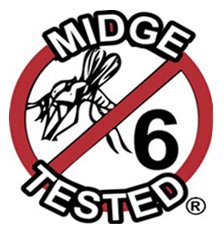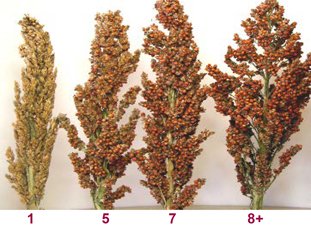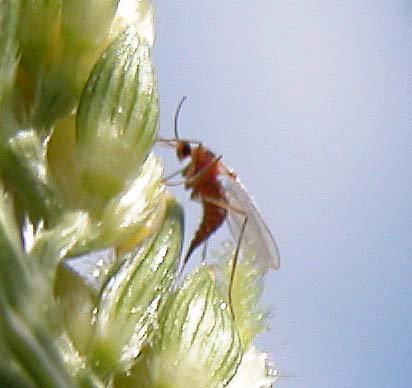Get in touch
{"data":[],"config":{"id":150,"content_id":null,"name":"Contact Footer Form","type":"form-contact","position":178,"active":1,"created_at":"2020-12-02T03:55:16.000000Z","updated_at":"2025-10-30T04:58:54.000000Z","pardot_cid":306886,"form_type":"General Enquiry","template":null,"content":"<p>With dedicated and highly skilled team members located throughout Australia you can be sure of accessing the best local knowledge to help you maximise your investment in Pioneer® brand hybrid seed. Get in touch with your local Territory Sales Manager or Farm Services Consultant today.<\/p>","title":"<span style=\"font-weight: 800 !important; font-size: 2rem; \"> Your seed is backed by <br>local experience<\/span>","image":{"id":51,"parent_id":169,"name":"Glenn-Somerville.png","description":null,"storage":"assets","size":255289,"extension":"png","mime_type":"image\/png","width":630,"height":394,"keywords":null,"usage":{"panels.150":"Contact Footer Form","panel_images.3":"Contact Form - Cam Searle"},"created_at":"2021-02-25T02:53:46.000000Z","updated_at":"2022-02-09T01:10:50.000000Z","readonly":null,"value":null,"_meta":null,"node_path":[{"id":169,"name":"Footer Blokes","parent_id":null},{"id":51,"name":"Glenn-Somerville.png","parent_id":169}],"link":"\/asset\/51.png","readable_size":"249.31 kB","secured":false,"secured_token":"eyJ0eXAiOiJKV1QiLCJhbGciOiJIUzI1NiJ9.eyJzdG9yYWdlcyI6WyJzZWN1cmVfYXNzZXRzIl0sImZpbGUiOjUxfQ.ceCD2O7cB1rnXEjv3PA49T0L-yqA-QPH-_DNGIRosiA","full_path":"169\/51"},"border_top":0,"border_bottom":0,"padding_top":1,"padding_bottom":1,"margin_top":0,"margin_bottom":0,"background":"grey-light","autoResponderSubject":null,"autoResponder":null,"pardot_campaign":{"id":306886,"createdAt":"2025-03-19T09:17:57+10:00","folder":{"name":"Campaigns"},"folderId":6069,"isDeleted":false,"name":"AU Website Enquiry - footer form","parentCampaign":null,"parentCampaignId":null},"pivot":{"content_id":330,"panel_id":150,"active":1,"section":"after","position":20},"fields":[{"id":9,"panel_id":150,"name":"firstname","title":"First Name","data_type":"input-text","required":1,"auto_populated":null,"values":null,"position":9,"active":1,"created_at":"2021-03-28T21:52:25.000000Z","updated_at":"2025-03-18T22:45:11.000000Z","refs":null,"placeholder":"First Name","help":null,"cols":12,"extensions":[],"multiple":0,"file_limit":1,"salesforce_fields":"firstName"},{"id":16,"panel_id":150,"name":"lastname","title":"Last Name","data_type":"input-text","required":1,"auto_populated":null,"values":null,"position":10,"active":1,"created_at":"2025-03-18T22:50:36.000000Z","updated_at":"2025-03-18T22:51:53.000000Z","refs":null,"placeholder":"Last Name","help":null,"cols":12,"extensions":[],"multiple":0,"file_limit":1,"salesforce_fields":"lastName"},{"id":10,"panel_id":150,"name":"email","title":"Email","data_type":"input-email","required":1,"auto_populated":null,"values":null,"position":11,"active":1,"created_at":"2021-03-28T21:52:51.000000Z","updated_at":"2025-03-18T22:50:40.000000Z","refs":null,"placeholder":"Email","help":null,"cols":12,"extensions":[],"multiple":0,"file_limit":1,"salesforce_fields":"email"},{"id":11,"panel_id":150,"name":"content","title":"Enquiry","data_type":"textarea","required":1,"auto_populated":null,"values":null,"position":16,"active":1,"created_at":"2021-03-28T21:53:10.000000Z","updated_at":"2025-03-18T22:50:40.000000Z","refs":null,"placeholder":"Enquiry","help":null,"cols":12,"extensions":[],"multiple":0,"file_limit":1,"salesforce_fields":"comments"},{"id":17,"panel_id":150,"name":"postcode","title":"Postcode","data_type":"input-number","required":1,"auto_populated":null,"values":null,"position":17,"active":1,"created_at":"2025-03-18T22:51:45.000000Z","updated_at":"2025-03-18T22:51:48.000000Z","refs":null,"placeholder":"Postcode","help":null,"cols":12,"extensions":[],"multiple":0,"file_limit":1,"salesforce_fields":"zip"}],"twoColumns":true,"showLabels":false,"btnLabel":"Send","honeypot":1,"country_restriction":1}}
 While midge resistance (MR) is present in all commercial hybrids, there are differing levels of resistance available. These levels are indicated by the industry recognised Midge Rating logo and rating number. The ratings range from 1 (susceptible) to 8+ (highest level of available resistance, with rating of 3 to 7 being common amongst current commercial hybrids.
While midge resistance (MR) is present in all commercial hybrids, there are differing levels of resistance available. These levels are indicated by the industry recognised Midge Rating logo and rating number. The ratings range from 1 (susceptible) to 8+ (highest level of available resistance, with rating of 3 to 7 being common amongst current commercial hybrids.

